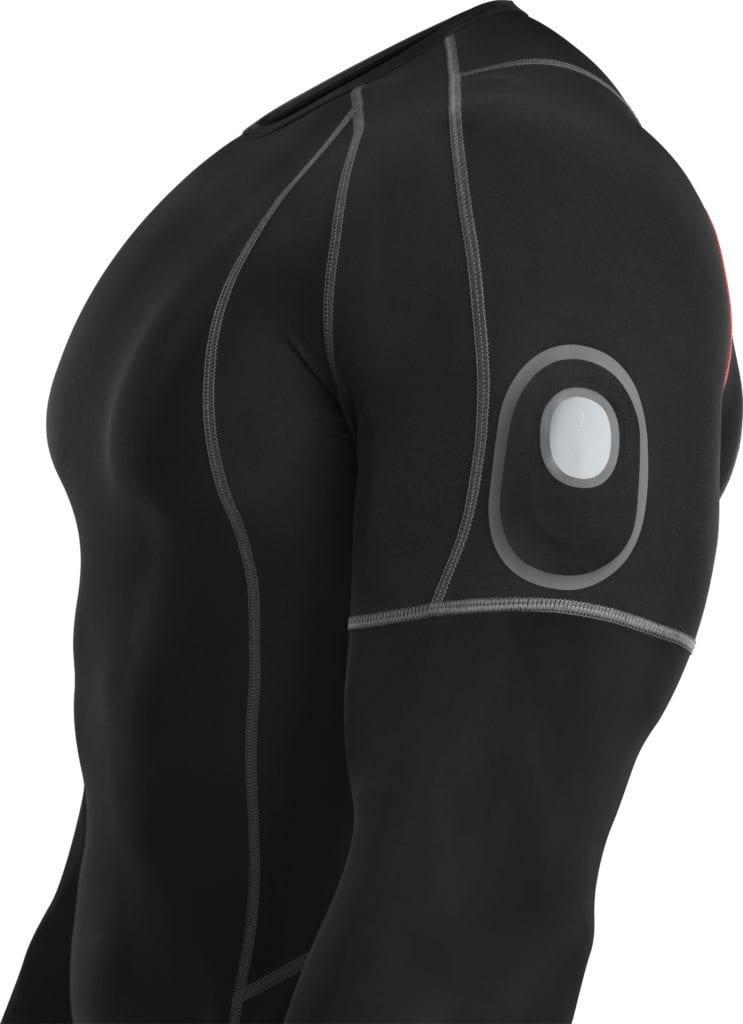If you want to trim a few inches off your waistline, up your endurance, or just motivate yourself to get a little more exercise, wearable technology can help you do it.
From GPS-enabled watches and heart rate monitors to smart clothing that can measure body movement, wearables can be valuable tools to help improve your health and fitness. Technology firms are set to roll out a number of new wearable products in the coming years, and IT research company Gartner believes consumers will buy more than 90 million wearable fitness devices in 2016.
Indeed, you’re definitely late to the races if you haven’t jumped on the Fitbit bandwagon. It’s a simple, unobtrusive gadget to track your activity and make exercise a habit. The Fitbit Flex ($99.95) wristband tracks your movement, calories burned, and active minutes. You can download the data for analysis and compete with other users via social media to stay motivated and moving. Many users say these public updates keep them accountable when they might otherwise want to skip a workout. Fitbit can also automatically track how long and well you sleep, eventually waking you with a vibrating silent alarm.
Fitbit is great for tracking general activity but if you want to be an avid runner, cyclist, or swimmer, step up to a Garmin Vivoactive HR ($249). This smartwatch features GPS tracking and multiple apps to monitor things like cycling cadence and running pace. There are even apps for paddleboarding, skiing, and golf. The watch also tracks heart rate, eliminating the need for a chest strap. All data can be downloaded to your phone or computer for analysis to measure progress. The Vivoactive HR can also go from a sweaty exercise aid to a business and communication tool by syncing with your smart phone to display incoming emails, calls, and text messages.
The Sensoria Fitness Socks ($200) feature textile sensors that can analyze your cadence and foot landing technique as you walk or run. The sensors show exactly how your foot is striking the pavement and can help identify injury-prone running styles like ball striking and heel striking. What may seem like a ridiculously overpriced pair of socks could pay off by reducing the risk of injury and expensive trips to the podiatrist.
Finally, for the biggest workout boost there’s Athos, which offers biometrics and analysis of your movements and muscle engagement. A full body package ($547) includes a shirt, shorts, and a core component with 26 sensors embedded in the outfit. The suit monitors a variety of biometric info and translates it into actionable data and advice. Athos can help scientifically analyze and improve everything you do, from running and cycling to weightlifting and yoga. Even if Athos doesn’t help you achieve 6-pack abs or picture-perfect deltoids, you’ll still be the coolest person at the gym.











